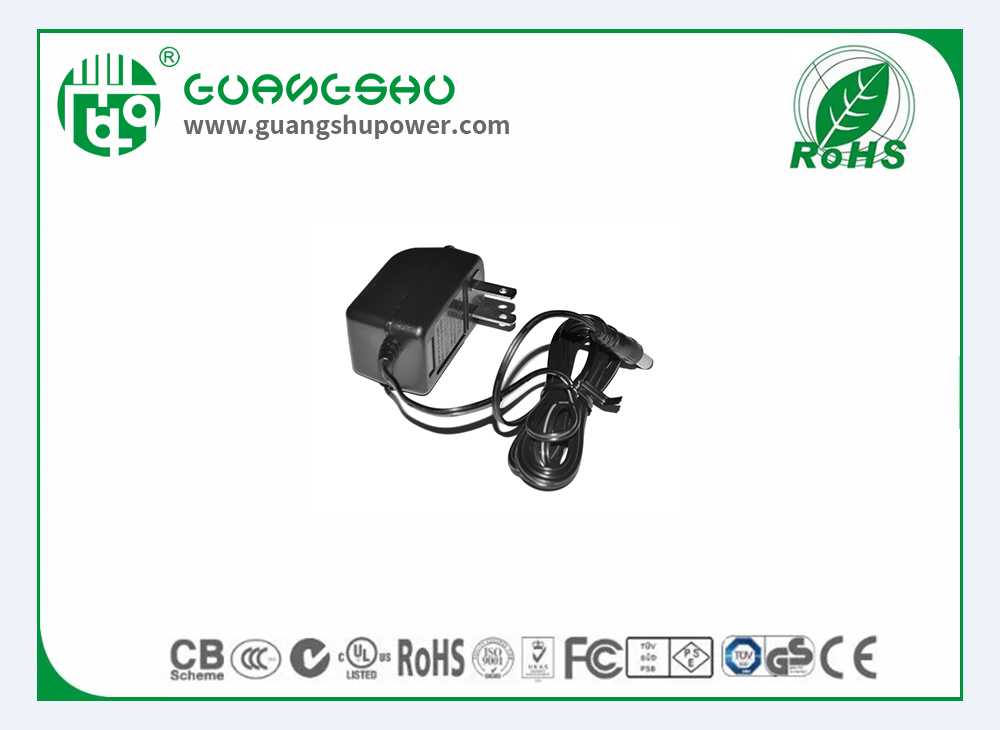Time:2025-03-14 Views:0

Power adapter safety is of utmost importance as it directly relates to the well-being of users and the protection of electrical devices. Firstly, when choosing a power adapter, it is crucial to ensure that it is certified by recognized safety standards organizations, such as UL (Underwriters Laboratories) in the United States or CE (Conformité Européene) in Europe. These certifications indicate that the adapter has undergone rigorous testing for electrical safety, including insulation integrity, over - voltage protection, and short - circuit protection.
Secondly, physical inspection of the power adapter before use is essential. Check for any visible signs of damage, such as frayed cords, cracked casing, or bent prongs. A damaged adapter can pose a serious risk of electric shock or fire. Avoid using an adapter that shows any of these signs and replace it immediately.
Moreover, proper usage also contributes to safety. Do not overload power outlets by plugging in multiple high - power adapters. Overloading can cause overheating of the outlet and potentially lead to a fire. Additionally, keep the power adapter away from water and other liquids. Moisture can seep into the adapter, causing a short - circuit and endangering the user. When using the adapter in a humid environment, ensure it is placed in a dry, well - ventilated area.
Finally, children should be kept away from power adapters. The cords can be a choking hazard, and children may be tempted to put the adapter or its parts in their mouths. Store adapters out of reach of children, preferably in a high cabinet or a locked drawer.
Read recommendations:
63W Wall Plug Chinese Standard Switching power supply
4.2V Chinese standard battery charger dual color light